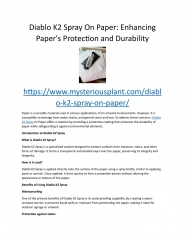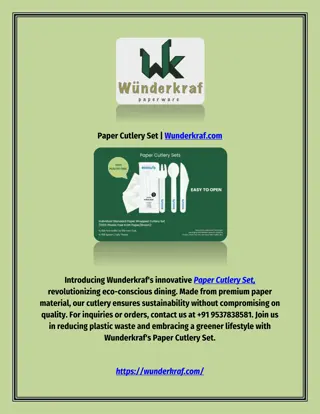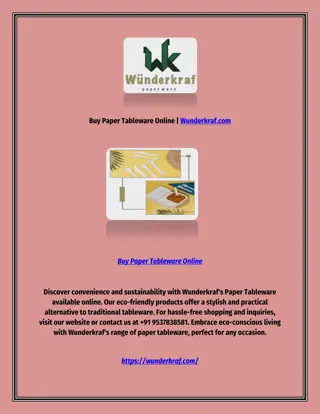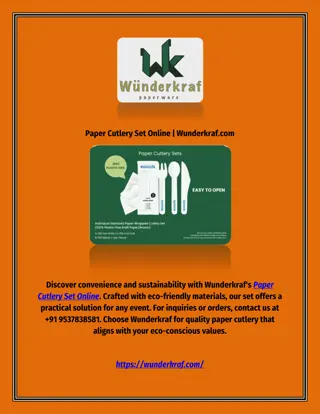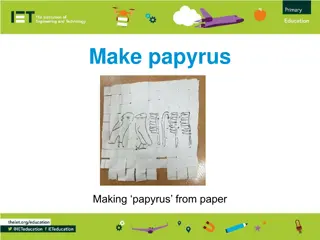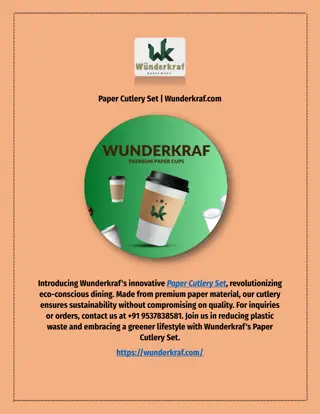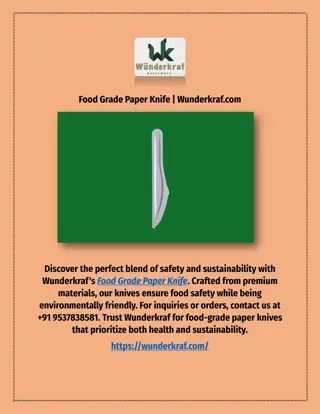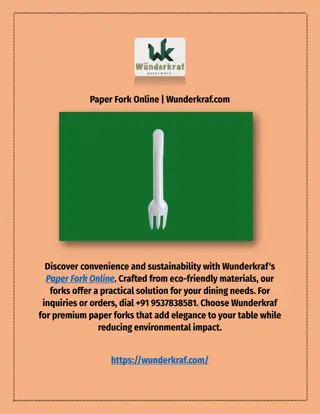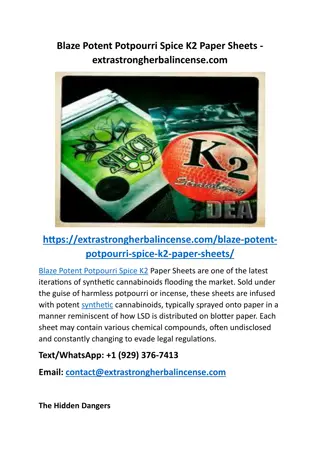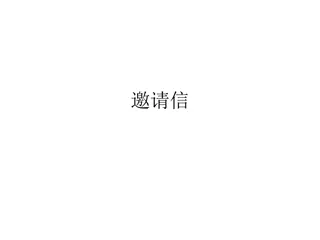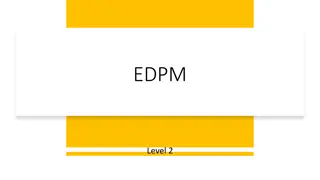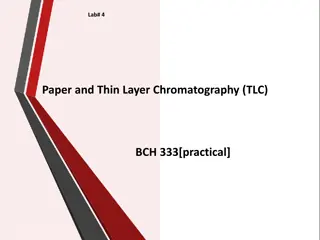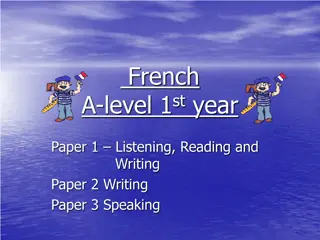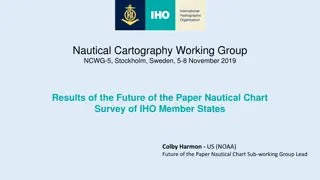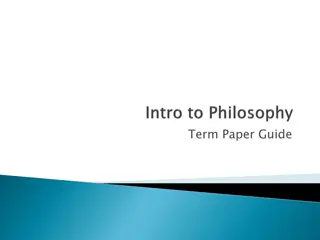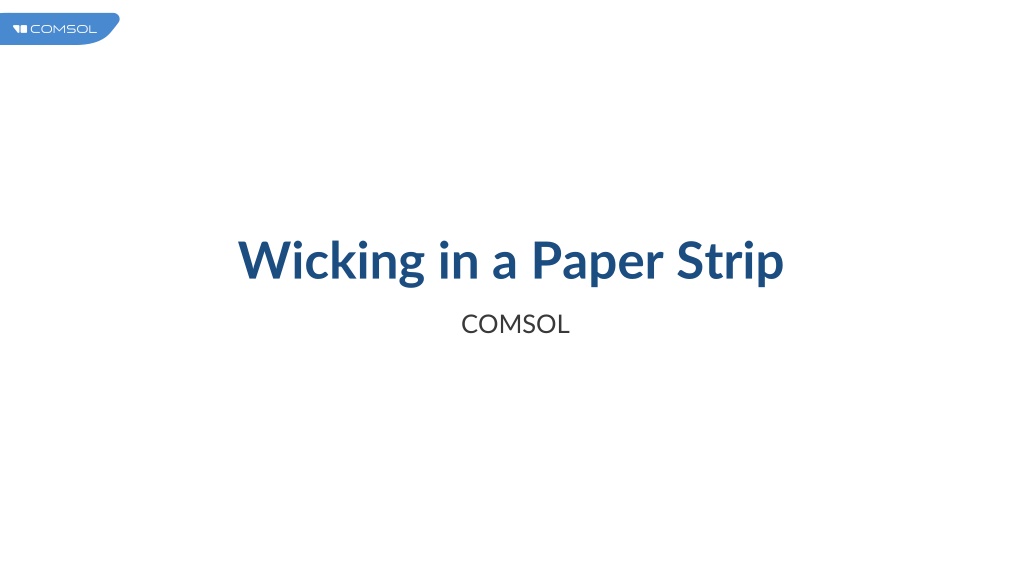
Study on Wicking in Paper Strip using Multiphase Flow Model
Explore the phenomenon of wicking in paper strips through a detailed multiphase flow model simulation. Understand how dry porous materials absorb fluids and reach equilibrium due to capillary forces, with a focus on water saturation in a porous medium. The model utilizes parameters such as surface tension, contact angle, and pore size distribution to analyze air saturation and water pressure. Discover the application of Darcy's law and the Brooks and Corey model in simulating capillary pressure and relative permeability in porous media. Gain insights into initial and boundary conditions, along with mesh specifications for accurate resolution of saturation gradients in the process.
Download Presentation

Please find below an Image/Link to download the presentation.
The content on the website is provided AS IS for your information and personal use only. It may not be sold, licensed, or shared on other websites without obtaining consent from the author. If you encounter any issues during the download, it is possible that the publisher has removed the file from their server.
You are allowed to download the files provided on this website for personal or commercial use, subject to the condition that they are used lawfully. All files are the property of their respective owners.
The content on the website is provided AS IS for your information and personal use only. It may not be sold, licensed, or shared on other websites without obtaining consent from the author.
E N D
Presentation Transcript
Wicking in a Paper Strip COMSOL
Introduction When a dry porous material is put into contact with a fluid, it will absorb the fluid due to capillary forces. Absorption will continue until an equilibrium is reached where the gravitational forces balance the capillary forces. Water saturation in a wicking paper strip
Model Overview The interface Multiphase Flow in Porous Media is used with the phases water and air. The porous domain is modeled in 2D (0.015 m x 0.12 m). The model solves for air saturation and water pressure. The Brooks and Corey-Model for capillary pressure and relative permeability is used. Permeability and entry pressure values are taken from: Masoodi, R. and Pillai, K.M. (2010):"Darcy's law-based Model for Wicking in a Paper-like swelling Porous Media". AlChE J., 56, 2257-2267. doi:10.1002/aic.12163 Geometry 1
Model Overview Parameters 1 Name Expression Value Description gamma 0.0723[N/m] 0.0723 N/m Surface tension theta 0 0 Contact angle Rc 8.8e-7[m] 8.8E 7 m Pore radius pec 2*gamma*cos(theta)/Rc 1.6432E5 N/m Entry capillary pressure lp 2 2 Pore size distribution index por 0.6 0.6 Porosity K por/8*Rc^2 5.808E 14 m Permeability
Model Equations Phase Transport in Porous Media Phase Transport in Porous Media
Model Equations Darcy's Law Darcy's Law
Model Equations Multiphase Flow in Porous Media 1
Initial and Boundary Conditions Initial air saturation: 0.99 No flux and no flow conditions at the side boundaries Bottom boundary: Atmospheric (reference) pressure for water phase No flux for air phase Top boundary: (Hydrostatic) atmospheric pressure minus the capillary pressure for water phase (weak constraint) Mass flux for air phase equal to the Lagrange multiplier corresponding to this pressure condition for the total mass conservation
Mesh Mapped mesh: 1x200 Distribution in vertical direction: arithmetic sequence with element ratio of 1000 Dense mesh at the bottom is needed to resolve very steep saturation gradients in the initial phase of the process Mesh 1
Results After 600 s, the paper strip is already soaked with water. The figure shows the water saturation for different output times. Water Saturation
Results The figure shows the amount of water that is absorbed by the paper strip as a function of time. The simulation values (solid line) are compared with those calculated from the analytical expression given by the Lucas-Washburn equation (dotted line) Water uptake versus time. Solid line: numerical simulation; dotted line: Solution from Lucas-Washburn equation
Lucas-Washburn-Equation Hlfis the liquid water front, the surface tension, Rc the pore radius, the contact angle, and w the dynamic viscosity of water. Water uptake versus time. Solid line: numerical simulation; dotted line: Solution from Lucas-Washburn equation

